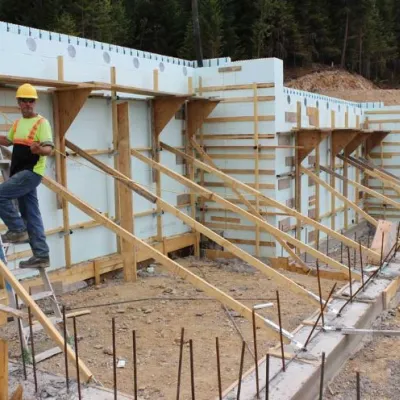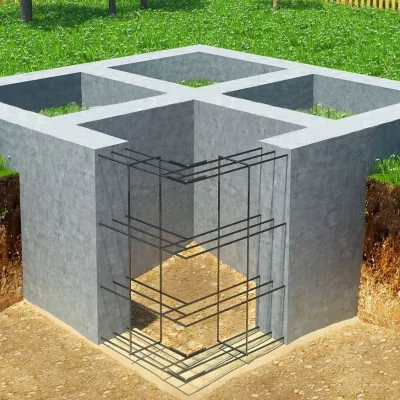While reading about building, you've probably at least once seen a recommendation to conduct geological investigation of the site. The geological investigation is the process of drilling wells on a site to find out what kind of soil does it have, as well as whether there is groundwaters under it, and if so, how deep they are.
The geological investigation done before buying the site is primarily being done because it makes it possible to make sure that there is no peat layer on the site, on which construction will be expensive and difficult, and also to find out if the area is bulk, because if it is bulk, then you cannot build on it until the soil is compacted, and this can take up to 5 years from the moment of filling. After buying a plot, it is also necessary to find out from what materials would be the cheapes for building a house, and what type of foundation to use.
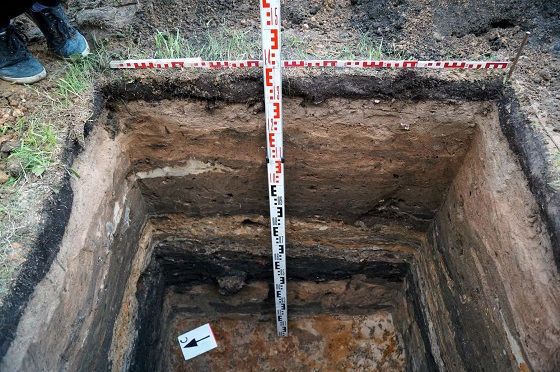
Important soil parameters
For the house construction, 3 soil parameters are most important - frost heaving, depth of freezing and depth of groundwaters. Heaving is how much the soil expands under the influence of low temperatures, which can lead to damage to the structure. For example, the construction of a veranda or porch on heaving soils can lead to the creation of cracks between the porch and the rest of the house, you can read more about this in our article about building a porch. There are five types of soils divided by their heaving:
- Non-porous - coarse-grained soils, pebbles, gravel, coarse and medium-sized sand, well-filtering liquids;
- Low heaving soils - elevated and hilly places that are well moistened by atmospheric precipitation;
- Medium-porous soils - slightly hilly places with protracted slopes, where moistening occurs by upper water and atmospheric precipitation;
- Heavily porous soils - wetlands in which the situation is aggravated by the influx of groundwater;
- Excessively heaving - soils of fluid plasticity and consistency, which are in a watered state due to the low density of the soil layers.
Depth of freezing
Freezing depth is the depth where the temperature is above 0° C (32° F) all year round. If construction is being done on heaving soils, the depth of freezing will directly affect how deep the foundation will be required. The depth of freezing depends on the region of construction and the type of soil, for example, clay soil has a shallower freezing depth than sandy, therefore, building on clay soil requires a foundation that is less deep than on sand. You can determine the depth of freezing using special calculators and tables.
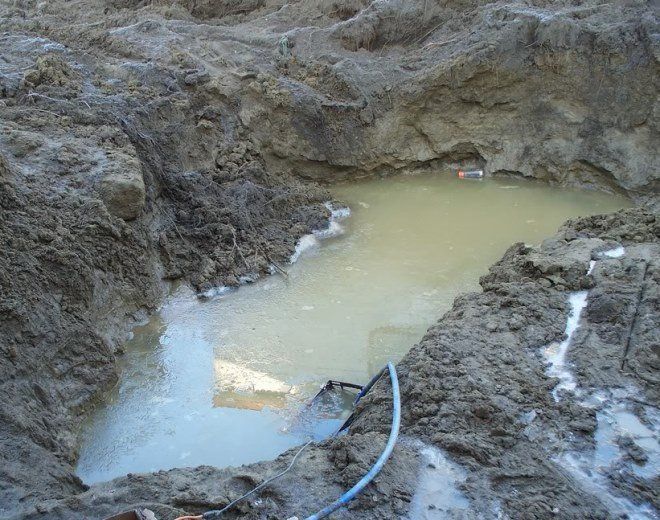
Groundwater
Groundwater at shallow depths can seriously interfere with construction and subsequently damage the building. Unfortunately, if the owner of the site did not do site investigation and did not make a map of the groundwater, you can only find out their depth before buying by checking the moisture level in nearby wells, if any, or by growing plants on the site:
- Reed - the water is at a depth of 1-3 m (3-10 ft);
- Cattail - groundwater depth of about 1 m (3 ft);
- Sagebrush - the water lies at 3-5 m (10-17 ft);
- Licorice - water can be at a depth of 1.5 m (5 ft).
You can also drill a well (Ideally, this should be done in the spring, when the water level is at its highest), and if the water depth is lower than 3 m (10 ft), then there is nothing to worry about, otherwise you will have to conduct a drainage.
What soils are easier and cheaper to build on?
And so, what soils are best suited for construction, on which soils will construction be cheaper, and on which not? In general, the best option would be sand, because, due to its dryness, it usually has deep groundwater, and there is practically no heaving, therefore less money will be needed for building the foundation.
Wetlands or areas with a high level of peat, on the other hand, should be avoided as wetlands are extremely heaving and have a high level of groundwater, and peat is not soil at all, but a huge number of rotten plants, and so you cannot build on it, therefore, on such a site, you will have to replace the soil, which can make you spend huge amounts of money, therefore it is extremely important to check the type of soil on the site, even if you have to spend an extra 2000 dollars on it.
So what if the soil is not suitable?
But what if the soil near the site is not suitable, and the money has already been spent? If the soils are at least medium-porous, then you will have to use only certain types of foundations:
- For brick houses, you have to use an expensive slab foundation;
- For most other houses, a reinforced concrete pile or concrete strip foundations that are below the freezing level are suitable;
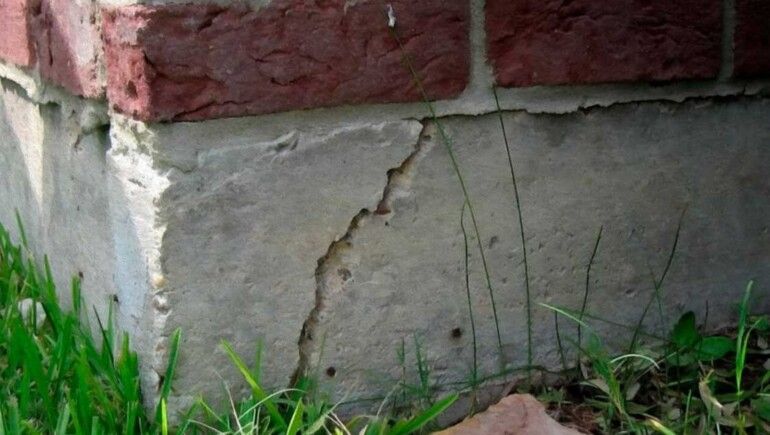
Of course, it is possible to build a house anywhere, but we nevertheless recommend, if possible, to carry out the geological investigation of the site before buying it, because this will let you know what kind of soil is on the site, and this will help you understand how to build a house on it and how much will it cost.
Unfortunately, people still pay little attention to the quality of the soil when buying a plot, yet this is one of the most important issues. Before buying, it is important to consult with experts, conduct the geological investigation, and also find out if this site is bulk, whether a river has flowed on it before, and many other details, the knowledge of which will ultimately help to seriously save on building a house, since a good site will allow you to not spend a lot of money on soil replacement, groundwater drainage, etc.

